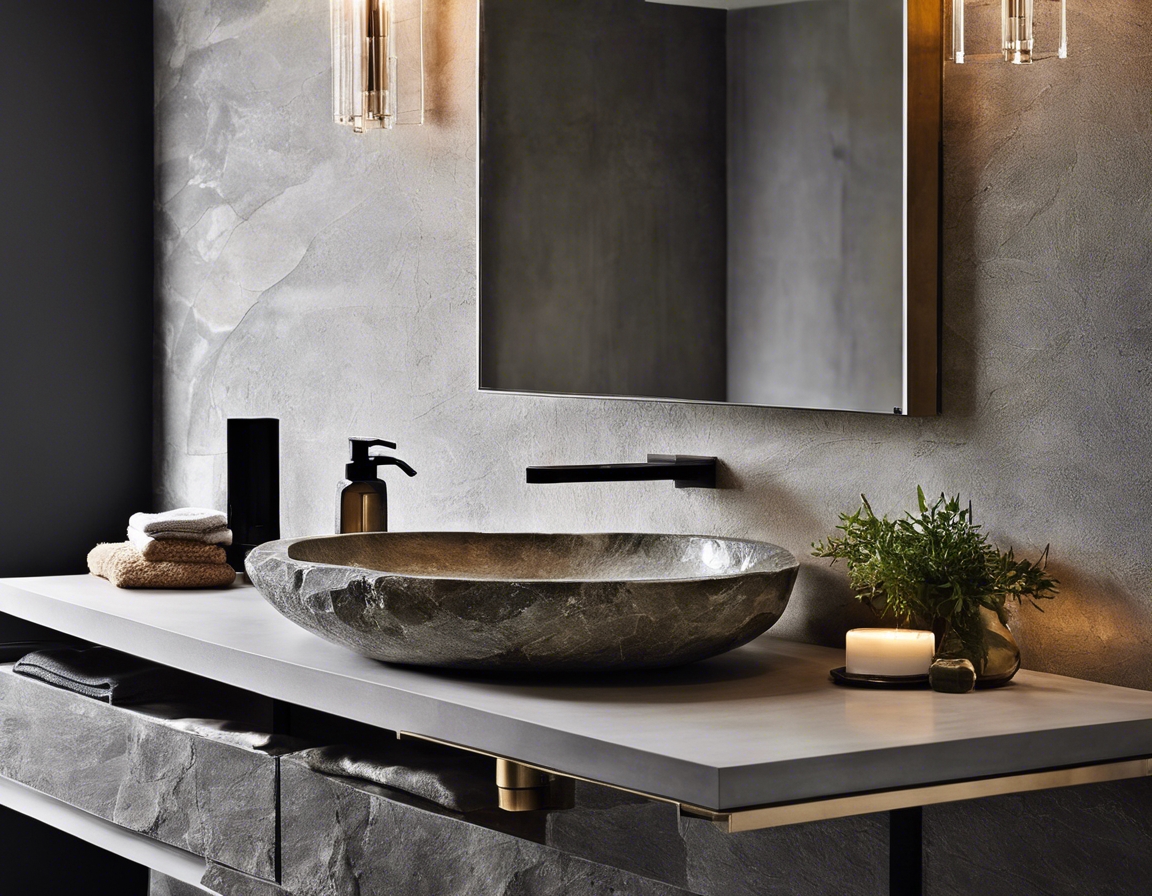The timeless beauty of natural stone in modern architecture
Natural stone has been a cornerstone in the edifice of human civilization, shaping the skylines of our cities and the surfaces within our homes. Its timeless appeal lies in its unique beauty, inherent durability, and the sense of permanence it imparts to any structure it graces. From the grandeur of ancient temples to the sleek lines of contemporary design, natural stone has proven its versatility and enduring charm.
In the realm of modern architecture, natural stone is not just a nod to the past but a bridge to the future. Architects and designers are increasingly incorporating stone into their projects to create spaces that are both innovative and deeply rooted in the natural world. The material's adaptability allows it to be used in a myriad of ways, from exterior facades to interior accents, blending the boundaries between the built environment and the landscape it inhabits.
The Aesthetic Versatility of Natural Stone
The palette of natural stone is as varied as nature itself, offering an array of colors, patterns, and textures. Each piece of stone is a unique work of art, with its own story told through the veins and hues that mark its surface. This diversity enables designers to tailor the material to suit any aesthetic, from the rustic warmth of a country home to the sleek minimalism of a city loft.
Natural stone's formability allows it to be shaped into an array of architectural elements. It can be carved into intricate details for columns and moldings, or cut into large slabs for sturdy countertops and elegant flooring. Its functional qualities are as impressive as its visual appeal, providing structural support and thermal mass that contribute to a building's performance.
Sustainability and Eco-Friendliness of Natural Stone
One of the most compelling arguments for the use of natural stone in architecture is its longevity. Stone structures can withstand the test of time, often outliving the buildings they adorn. This durability not only makes stone a cost-effective choice in the long run but also reduces the need for replacement materials, minimizing waste and environmental impact.
Natural stone is a material that is inherently eco-friendly. Its extraction and processing have a lower environmental footprint compared to many other building materials. Additionally, stone's thermal properties can enhance a building's energy efficiency, reducing the need for artificial heating and cooling and thus contributing to a more sustainable future.
Technological Advancements in Stone Processing
The marriage of tradition and technology has revolutionized the way natural stone is processed. Advanced cutting and shaping techniques have expanded the possibilities of stone design, allowing for precision and complexity that were once impossible. These advancements have made stone more accessible and adaptable to modern architectural needs.
Today, natural stone stands at the forefront of modern building materials, offering a combination of beauty, sustainability, and innovation. Its role in contemporary architecture is not just as a decorative element but as a key player in the creation of spaces that are both functional and inspiring.






Comments (0)